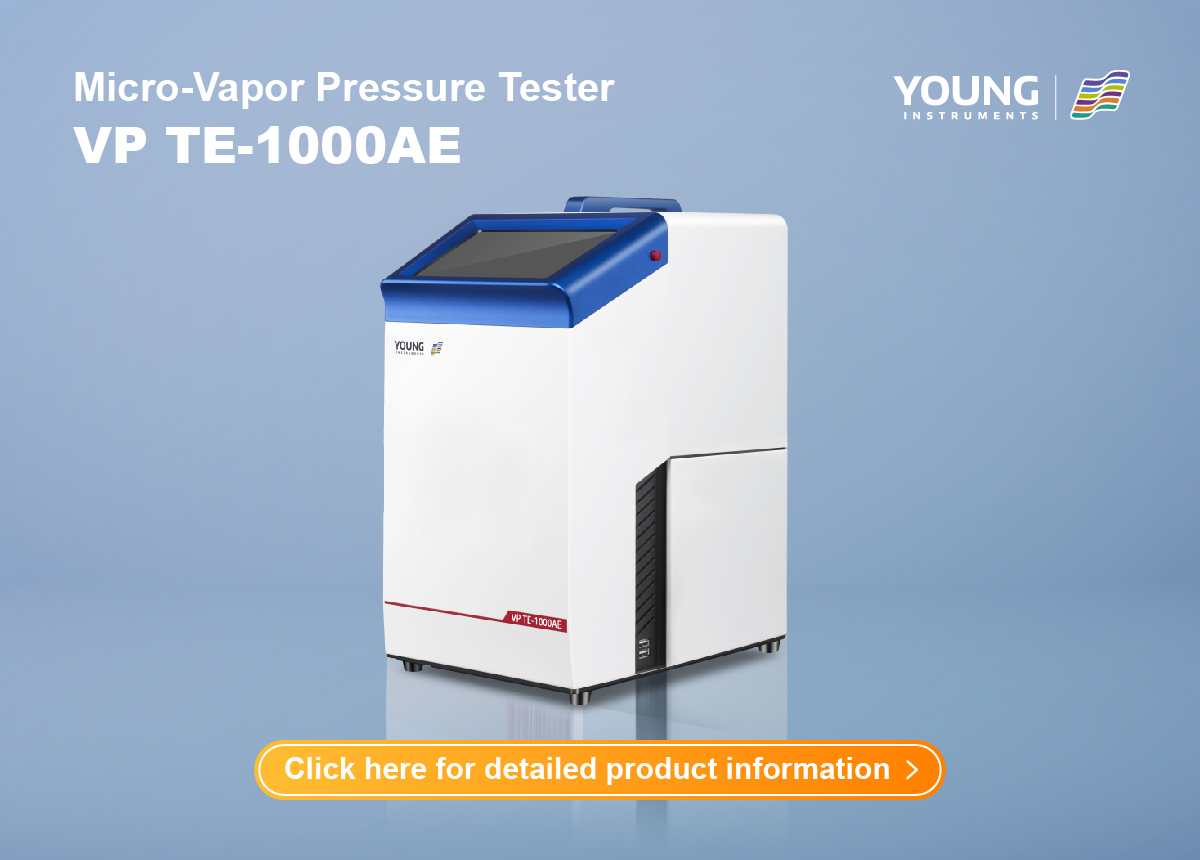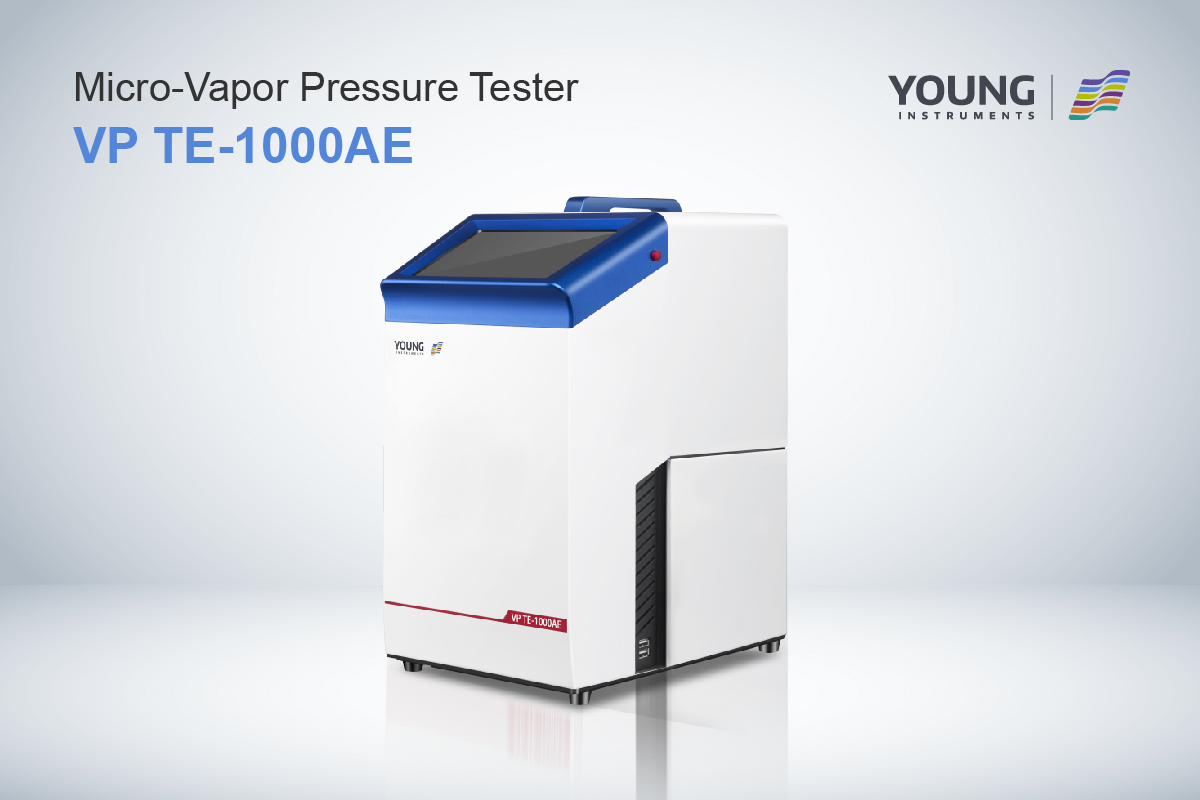Vapor Pressure Analyzer: Understanding Its Importance in Chemical Analysis
If you work in the chemical industry, you may have heard of vapor pressure analyzers. These instruments measure the vapor pressure of a liquid or solid at a given temperature. Vapor pressure is the pressure exerted by the vapor phase of a substance in equilibrium with its liquid or solid phase at a certain temperature. In other words, it is a measure of how easily a substance evaporates.
Vapor pressure is an important property of many substances, particularly those used in the production of fuels, chemicals, and pharmaceuticals. It can affect the safety, quality, and performance of these materials. Vapor pressure analyzers are used to measure this property accurately and reliably. They are widely used in research and development, quality control, and process optimization.
Key Takeaways
- Vapor pressure analyzers are instruments used to measure the vapor pressure of a substance at a given temperature.
- Vapor pressure is an important property of many substances, particularly those used in the production of fuels, chemicals, and pharmaceuticals.
- Vapor pressure analyzers are widely used in research and development, quality control, and process optimization.
Fundamentals of Vapor Pressure
Definition and Units
A vapor pressure analyzer is a tool used to measure the vapor pressure of a substance. Vapor pressure is defined as the pressure exerted by a vapor in thermodynamic equilibrium with its condensed phases (solid or liquid) at a given temperature in a closed system. It is a measure of the tendency of a substance to evaporate. Vapor pressure is typically measured in units of pressure, such as Pascal (Pa), millimeters of mercury (mmHg), or pounds per square inch (psi).
Physical Principles
The physical principles behind vapor pressure are based on the concept of equilibrium between the liquid and vapor phases of a substance. At a given temperature, a liquid will evaporate to form a vapor, and the vapor will condense back into the liquid. At equilibrium, the rate of evaporation equals the rate of condensation, so there is no net change in the amount of liquid or vapor. The pressure exerted by the vapor in the closed system is called the vapor pressure.
The vapor pressure of a substance depends on its temperature and the strength of the intermolecular forces between its molecules. Generally, as the temperature increases, the vapor pressure also increases, because more molecules have sufficient energy to overcome the intermolecular forces and escape into the vapor phase. Conversely, as the temperature decreases, the vapor pressure decreases, because fewer molecules have sufficient energy to overcome the intermolecular forces and escape into the vapor phase.
A vapor pressure analyzer can be used to measure the vapor pressure of a substance at a given temperature, providing valuable information about its physical properties and behavior.
Vapor Pressure Analyzer Design
A vapor pressure analyzer is a device that measures the vapor pressure of a liquid or solid. It is used in various industries to determine the volatility of a substance. The design of a vapor pressure analyzer is critical to its accuracy and reliability.
Sensor Technologies
The sensor technology used in a vapor pressure analyzer is crucial to its performance. The most common sensor technologies used in vapor pressure analyzers are piezoelectric and capacitive sensors. Piezoelectric sensors are based on the principle that a crystal will generate an electric charge when subjected to pressure. Capacitive sensors work by measuring changes in capacitance caused by changes in pressure.
Another important aspect of sensor technology is the range of pressures that can be measured. Most vapor pressure analyzers are designed to measure pressures in the range of 0-2000 kPa. However, some analyzers can measure pressures up to 7000 kPa.
System Integration
The design of a vapor pressure analyzer also includes the integration of various components. The analyzer consists of a sample inlet, a measurement cell, and a pressure transducer. The sample inlet is designed to introduce the sample into the analyzer. The measurement cell is where the pressure is measured. The pressure transducer converts the pressure into an electrical signal that can be read by the analyzer.
The system integration also includes the software used to control the analyzer. The software is used to set the measurement parameters and to analyze the data collected by the analyzer. The software can also be used to control the temperature of the measurement cell.
In conclusion, the design of a vapor pressure analyzer is critical to its performance. The sensor technology and system integration are two key components that must be carefully considered. By understanding these components, you can choose the right analyzer for your specific needs.
Measurement Techniques
When it comes to measuring vapor pressure, there are two main techniques: static and dynamic. Both methods have their own advantages and disadvantages, and the choice of which one to use depends on the specific needs of the application.
Static Methods
Static methods involve measuring the pressure of a closed system at equilibrium. This can be done using a variety of techniques, including the isochoric method, the isothermal method, and the gas saturation method. The isochoric method involves measuring the pressure of a sample that has been sealed in a container of fixed volume. The isothermal method involves measuring the pressure of a sample that has been sealed in a container that is kept at a constant temperature. The gas saturation method involves measuring the pressure of a sample that has been saturated with a gas of known pressure.
Static methods are generally less expensive and easier to perform than dynamic methods. However, they are less accurate and less precise, and they are not suitable for measuring the vapor pressure of volatile liquids or solids.
Dynamic Methods
Dynamic methods involve measuring the rate of evaporation of a sample under controlled conditions. This can be done using a variety of techniques, including the Knudsen effusion method, the ebulliometry method, and the differential vapor pressure method. The Knudsen effusion method involves measuring the rate of effusion of a gas through a small hole in a container. The ebulliometry method involves measuring the boiling point of a liquid under reduced pressure. The differential vapor pressure method involves measuring the difference in vapor pressure between two samples of the same substance.
Dynamic methods are generally more accurate and more precise than static methods, and they are suitable for measuring the vapor pressure of volatile liquids or solids. However, they are more expensive and more complex to perform, and they require specialized equipment and expertise.
In summary, both static and dynamic methods have their own advantages and disadvantages, and the choice of which one to use depends on the specific needs of the application.
Applications of Vapor Pressure Analyzers
Vapor pressure analyzers are used in a wide range of applications in various industries. In this section, we will discuss two of the main applications of vapor pressure analyzers: industrial processes and environmental monitoring.
Industrial Processes
Vapor pressure analyzers are commonly used in industrial processes to measure the vapor pressure of various substances. This information is used to ensure that the process is operating within safe parameters and to optimize the process for maximum efficiency.
For example, in the petroleum industry, vapor pressure analyzers are used to measure the vapor pressure of gasoline and other fuels. This information is used to ensure that the fuel meets regulatory requirements and to optimize the refining process to produce fuels with the desired properties.
In the chemical industry, vapor pressure analyzers are used to measure the vapor pressure of various chemicals. This information is used to ensure that the chemicals are being handled safely and to optimize the production process.
Environmental Monitoring
Vapor pressure analyzers are also used in environmental monitoring to measure the vapor pressure of various substances in the air. This information is used to monitor air quality and to ensure that the levels of harmful substances are within safe limits.
For example, in the monitoring of volatile organic compounds (VOCs), vapor pressure analyzers are used to measure the vapor pressure of the compounds in the air. This information is used to determine the concentration of the compounds and to ensure that they are within safe limits.
In addition, vapor pressure analyzers are used in the monitoring of emissions from industrial processes. This information is used to ensure that the emissions are within regulatory limits and to optimize the process to minimize emissions.
Overall, vapor pressure analyzers are an important tool in a wide range of applications in various industries. By providing accurate and reliable measurements of vapor pressure, these instruments help ensure the safety and efficiency of industrial processes and environmental monitoring.
Maintenance and Calibration
Routine Maintenance
To ensure accurate and reliable measurements, it is important to perform routine maintenance on your vapor pressure analyzer. Some routine maintenance tasks include checking for leaks, cleaning the instrument, and replacing worn or damaged parts.
You should regularly check for leaks in the system by inspecting all connections and fittings. If you detect a leak, it is important to address it immediately to prevent inaccurate readings.
Cleaning the instrument is also important to maintain accuracy. You can use a soft cloth and a mild detergent to clean the exterior of the instrument. For the interior, you may need to use specialized cleaning solutions. Refer to the manufacturer’s instructions for specific cleaning recommendations.
Replacing worn or damaged parts is also crucial for accurate readings. Some parts that may need to be replaced include seals, gaskets, and filters. Refer to the manufacturer’s instructions for recommended replacement intervals and procedures.
Calibration Procedures
Calibration is the process of comparing the readings of your vapor pressure analyzer to a known standard to ensure accuracy. It is important to calibrate your instrument regularly to maintain accuracy.
The calibration procedure may vary depending on the specific instrument and manufacturer. Refer to the manufacturer’s instructions for specific calibration procedures.
Typically, calibration involves introducing a known standard to the instrument and adjusting the settings until the readings match the standard. You should also record the calibration results and keep them for future reference.
In addition to regular calibration, you may also need to perform a system check to ensure that the instrument is functioning properly. This may involve checking the pressure sensors, temperature sensors, and other components. Again, refer to the manufacturer’s instructions for specific procedures.
By performing routine maintenance and calibration procedures, you can ensure that your vapor pressure analyzer provides accurate and reliable readings.








































